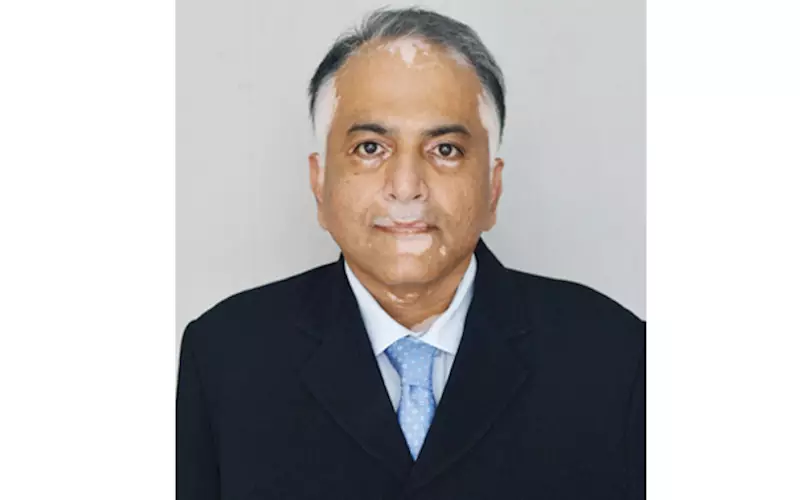'Majority of print is still on paper'
Hasit Shah of Chimanlal Fein Paper has his head office in Mumbai with branches at Bengaluru, Kochi and Hyderabad. The group, established in 1946, has a team of 30.
17 Oct 2016 | By PrintWeek India
The paper turnaround in 2016
First of all, paper mills had increased prices by Rs 1,000 per tonne in March 2016. The result of which was seen in the first quarter of the financial year of 2016. Secondly, paper requirement is at its peak between October to March which it attributed to the boost in the season. This is primarily because of procurement done by publishers, excise book manufacturers, calendars, and diaries manufacturers, etc. Thirdly, over all procurement costs for the mill has reduced in chemicals and fuels attributed to a fall in petroleum prices/coal. Also, the rupee was slightly stronger during first quarter of financial year 2016-17. Other contributing factors include the Central Government which in the Union Budget has announced zero duty on import on wood chips.
The previous three years, we have seen difficult times for the industry and credit needs to be given to the paper mills that during these tough time they were able to lower the cost of production along with optimise the production and the product mix. Lastly, the closure of some paper mills and production constraint at Sirpur, HPC etc also help us with the turnaround.
Paper challenge
Currently the domestic paper industry manufactures approximately 15-million tonnes. There are no major investments seen/announced in the industry apart from modernisation/refurbishment of existing paper machine at some mills. To meet the demand, import of paper will increase. However, unlike domestic, the import procurement cycle will be longer. The exchange rate is another challenge that I foresee. Finally the open clean credit to consumers and printers and not realising the payment in time is another major hurdle.
Key paper projects
The projects that I am looking forward to are the JK Paper, Emami, West Coast, N R Agarwal and Mehali Paper.
Pain areas for a trader
One of the major problem is bad debts and long credit period given by traders to printers and consumers. Unhealthy practices and internal competition are other challenges facing the industry.
As far as the industry is concerned the distributors have to pay within the stipulated time and in case if the payment is not made within time frame the supplies are suspended. If anyone were to survey five of the largest paper mills you will observe that there are hardly any bad debts shown in their balance sheets.
However in the paper trade, the bad debts are substantial. To state it succinctly, the paper trade has higher bad debts than the manufacturers.
Paper tigers in their comfort zone
All stakeholders in the industry need to change, support each other, think out-of-the-box and move out of the comfort zone. It is very crucial that all have to support each other for their survival.
Popularising paper
We have been focusing that paper is recyclable, reusable and one of the most environment friendly material in the world. It is our constant endeavour to project that paper industry is not destroying forest.
Chimanlal represents uncoated paper and board (virgin) from The West Coast Paper Mills with classic and ultrashine quality, N R Agarwal Industries’ uncoated paper (recycled) with Maxima SS and Excel SS quality and coated papers and boards from Adian Pulp and Paper (Indonesia and China) for their Hikote art paper and board and green art board.














 See All
See All